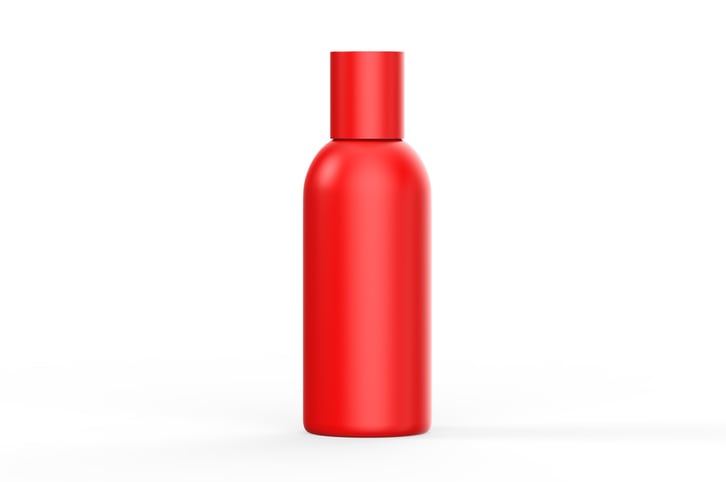Founded in 2018, Odore offered an integrated online platform for brands to build and launch digital campaigns alongside physical sampling strategies. Already working with a variety of brands, including international majors L’Oréal, Sephora, Guierlain and LVMH, Odore recently conducted internal research looking at influencer-led sampling campaigns – a rising trend amongst beauty brands, according to Armaan Mehta, co-founder of Odore.
“More recently, we’ve been seeing a larger uptake with brands using influencers to help promote their products, which is interesting and it’s working great. But what we’re seeing is they’re getting exposure to influencers of different sizes and of different audiences as well,” Mehta told CosmeticsDesign-Europe.
Odore therefore conducted the internal research comparing opt-in rates for receiving beauty samples and further brand information when working with major influencers versus micro influencers on Instagram.
Major versus micro influencers – credibility and big-brand presence
Results showed the number of followers who opted-in to claim free samples and who wanted to hear more from brands in the future was 53% higher in campaigns led by influencers with 1+ million followers versus from campaigns led by micro influencers with less than 50,000 followers on Instagram. The speed at which followers redeemed samples from ‘major’ influencers was also faster; twice as quick, on average, compared to redemption time with micro influencers.
Asked why there might be such a difference between influencer size and campaign results, Mehta said: “Speaking theoretically, our opinion is we feel that perhaps larger influencers may be affiliated with brands that are perhaps more well-known or established and that customers may resonate with. So, it’s almost like when you follow a large influencer, you’re following a large brand as well. So, maybe if the influencer has a larger following or been around longer, they have more of that credibility, so customers are more willing to opt in.”
“That being said, the results from the micro influencers as well were fantastic for the brands. We just did notice a difference,” he said. Micro influencers produced opt-in rates for remarketing of over 50% on average – still delivering “tangible returns” for brands and ideal for those with smaller budgets, the research showed.
To know what influencer was right for a particular brand, Mehta said it was important to take a “test and learn” approach. “What that can do is help with budgeting allocation, identifying the right partner and better forecasting for campaigns.”
“…I definitely think influencers are here to stay, and they’ve proven to be very effective, not only for sampling but other activities, and I definitely do think [they] will continue to be effective,” he said.
‘Tremendous growth’ in demand for beauty sampling
Within influencer-led campaigns, sampling had certainly fast shaped up as a valuable part of any digital beauty campaign, Mehta said, especially during COVID-19.
“We’ve seen tremendous growth in terms of demand for these sampling campaigns overall,” he said, particularly during the COVID-19 crisis where the only way to get product out to consumers “at scale and effectively” was via these digital sampling campaigns.
“…We did see an extremely high uptake during COVID, and we still see it.”
And considering beauty as a whole, there were particularly large opportunities in sampling for fragrances and skin care, he said, because these two categories didn’t yet have smart digital technologies that enabled at-home ‘try-ons’ like makeup and hair colour had – the likes of Augmented Reality (AR), for example.
However, whilst opportunities and interest continued to grow around beauty sampling, running these campaigns was not without its challenges, Mehta said.
“There are a lot of moving parts in a sampling campaign. Just on a low level, you have the fulfilment aspect. You then have the aspect of getting all your creative ready – building those assets can be quite time-consuming and if you’re working with an external agency it can be quite costly as well. And, of course, collecting all the data in one place and understanding it. There’s one thing generating leads and getting people to try your product, but it’s about understanding that,” he said.
Beauty sustainability woes – the end of sampling?
Asked about the sustainability aspect of sampling and ongoing backlash against single-use sachets and unnecessary sample-sized products, Mehta said: “That’s a really good question and extremely relevant. The number one thing is, quite counter intuitively, we actually don’t encourage customers to sample that much. Our business model is, when you come to us, we want you to sample as little as possible, in the most effective way.”
He said it was vital beauty brands created targeted digital sampling campaigns, getting product to the ‘right’ consumers. “The spray and pray approach is not effective. We’ve built technology to help target customers more effectively.”
One this group was selected, it was also important beauty brands distributed samples in sustainable packaging, he said.
“I don’t think the answer or solution is to eliminate sampling altogether, I think the answer is to work together to ensure sampling is done in a sustainable way and brands and platforms and other companies, like us, work hand in hand to make sure everything is more sustainable.”



